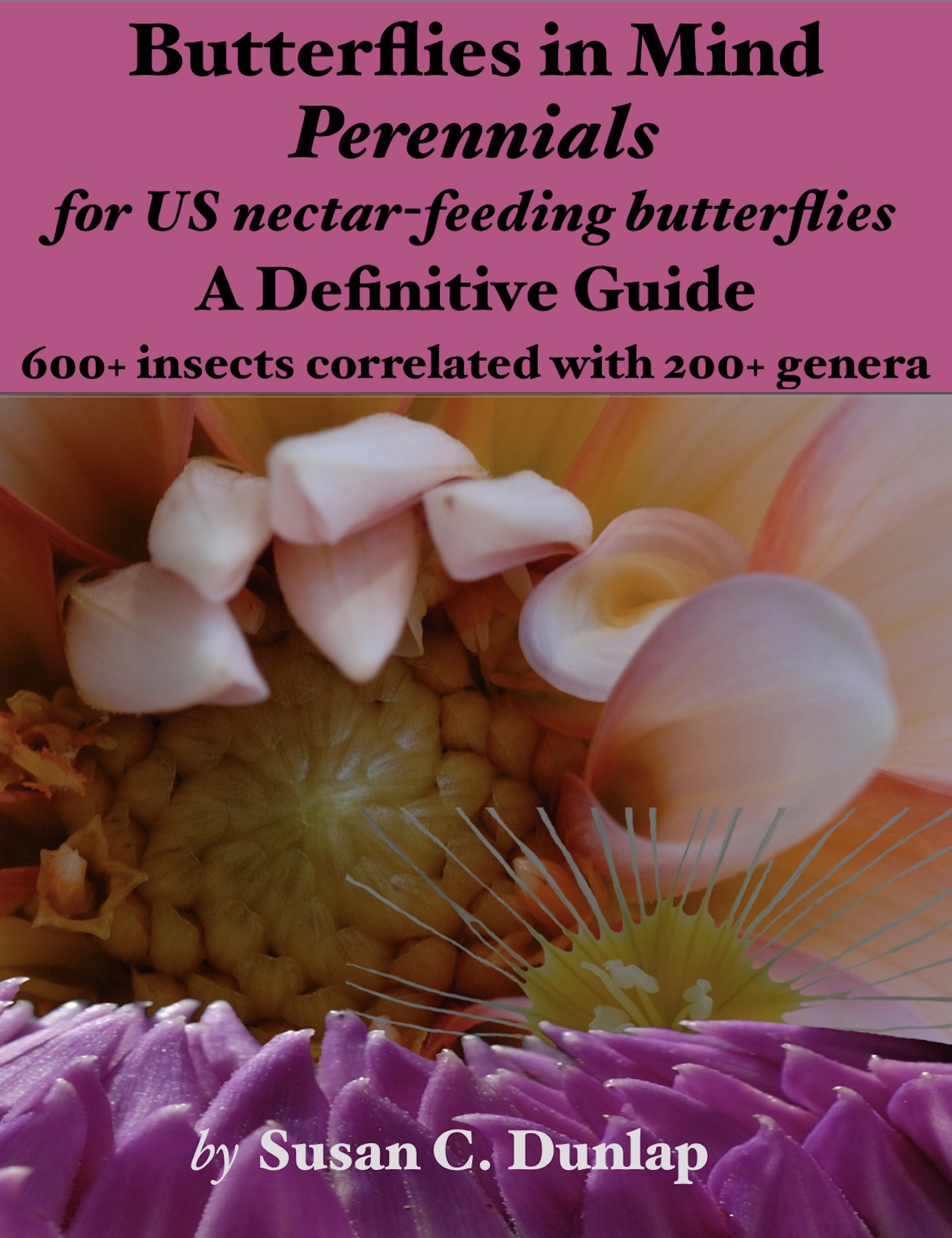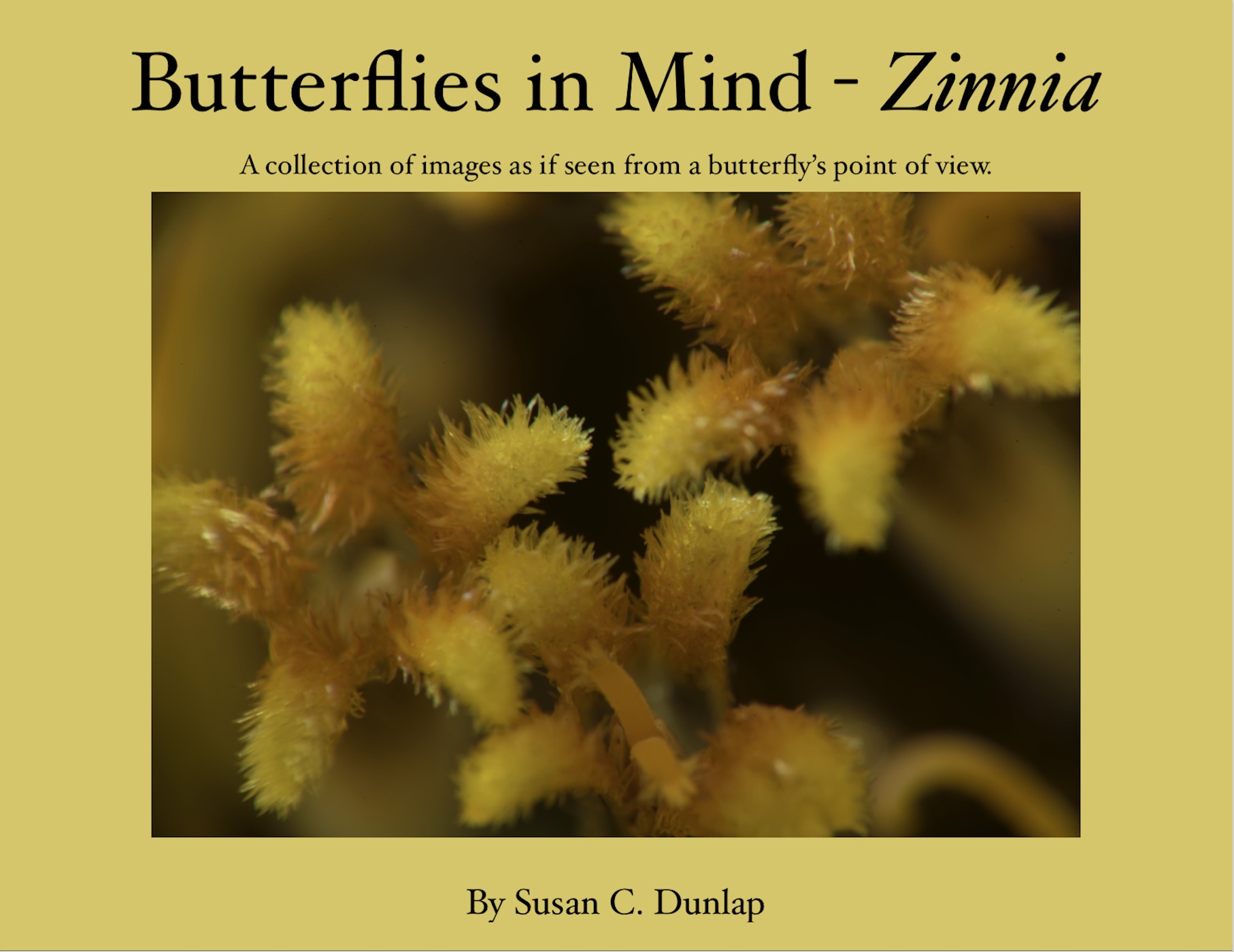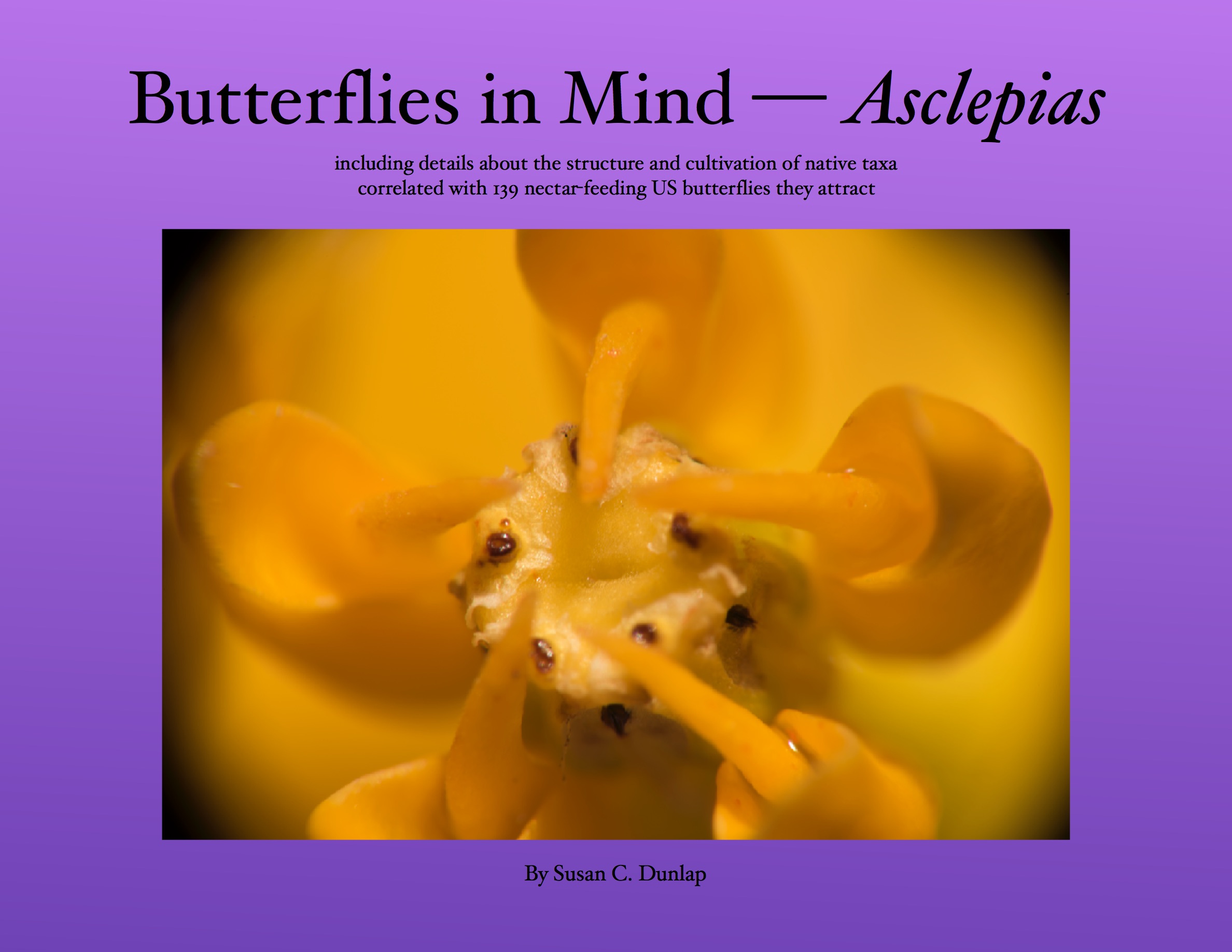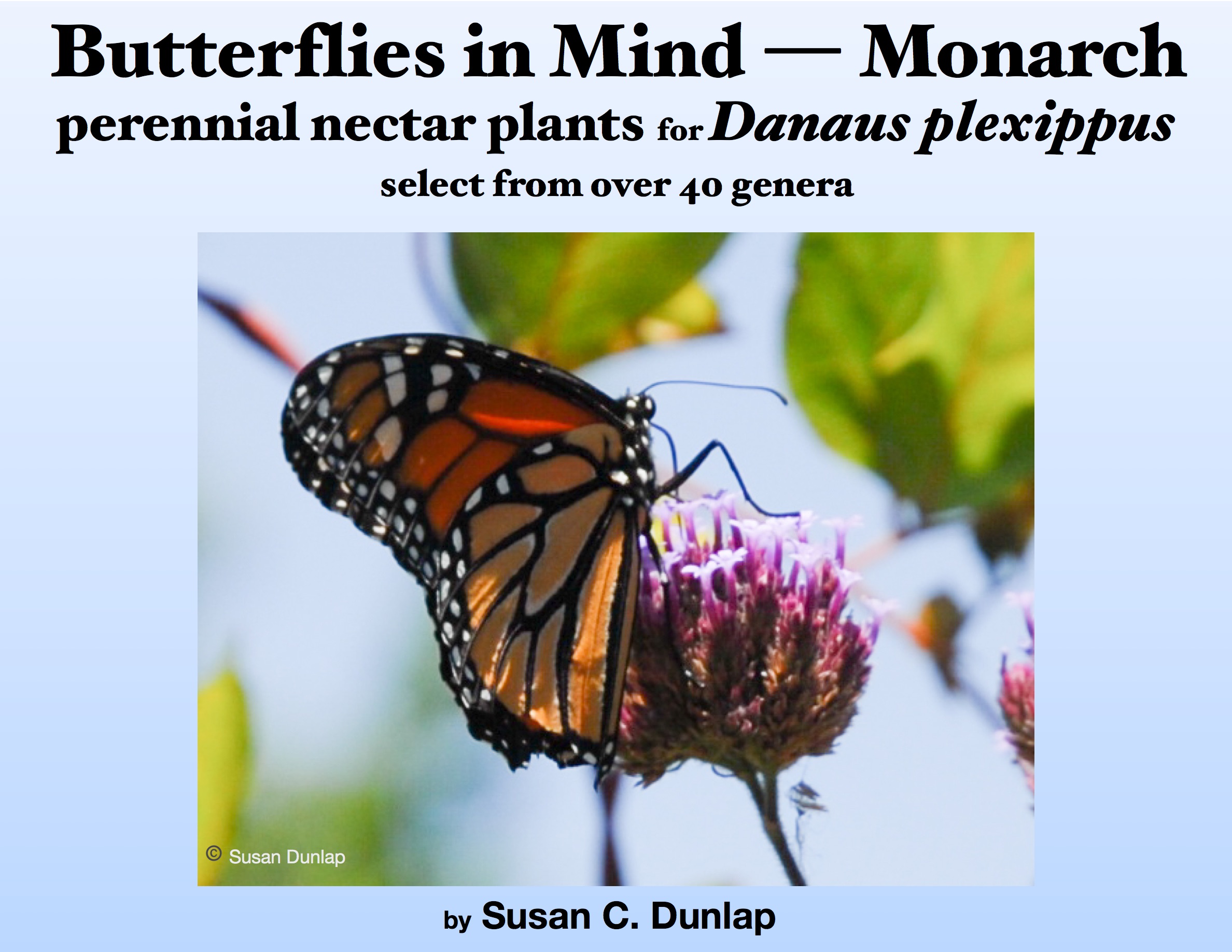Asclepias asperula
Family: Apocynaceae
Common names: COMMON MILKWEED, MILKWEEDS
Native to: Western United States
Plant
Form: erect
Max height: 2.0 feet
Flower
Leaf
green
Horticulture
Attracts wildlife: adult butterfly, bee, specific butterfly species
Exposure: sun
Propagates by: seed
flowers in spring
Water: drought tolerant
Butterflies that feed on this plant
Asclepias asperula, called spider milkweed, is a native US plant that grows in nearly every western state - Ca, Nv, Ut, NM, Az, Co, Nebraska, Oklahoma, and Kansas. Numerous butterflies feed on Asclepias. At the time of this writing, one seed source was found for this plant. It is a tough wildflower that is partial to dry conditons. The flower, both in form and pigmentation, is quite similar to another native, A. virdis, that grows in the south-eastern US.
LevyRat took this photo with a bee nectaring on the plant.
The other a creative commons image was taken at Zion National Park.











